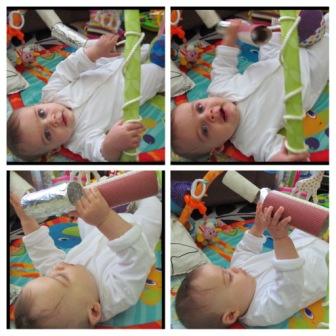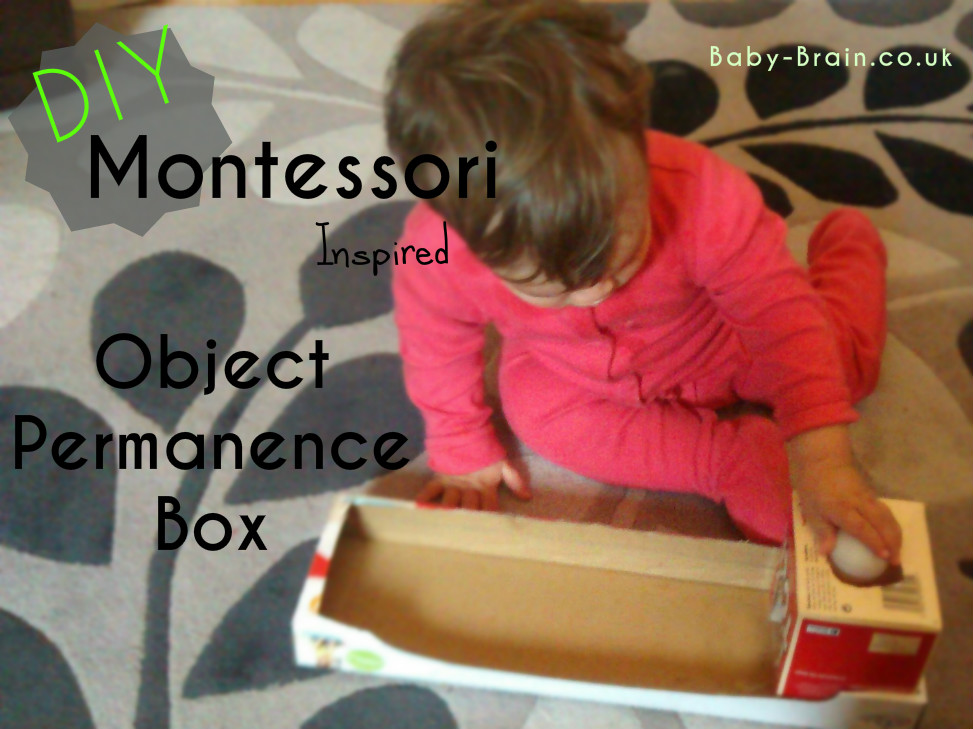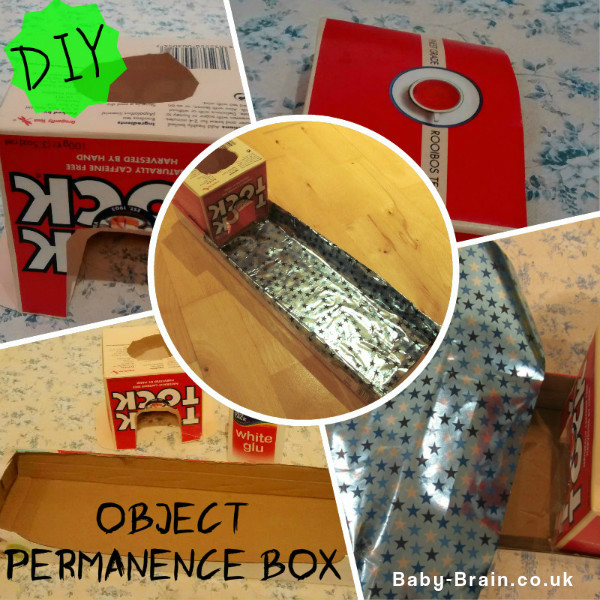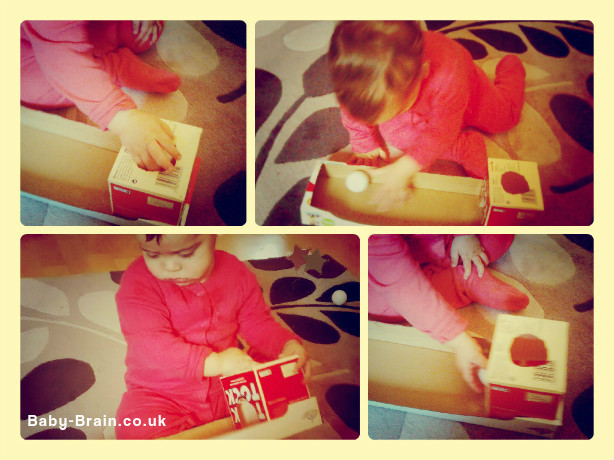…Suitable for rainy days, lockdown, isolation with baby, toddlers, preschoolers, infant school age! Oh and for parents to get a bit of peace and quiet while the kids are engaged in their play
As I write this, we are in lockdown. We stay inside, we stay safe, we protect the NHS. We are in the middle of the Coronavirus, Covid-19 pandemic, London, UK.
With a 1, 4 & 6 year old, what can we do with all this inside time? Here’s some activity ideas and things we got up to.
Cardboard box drawing
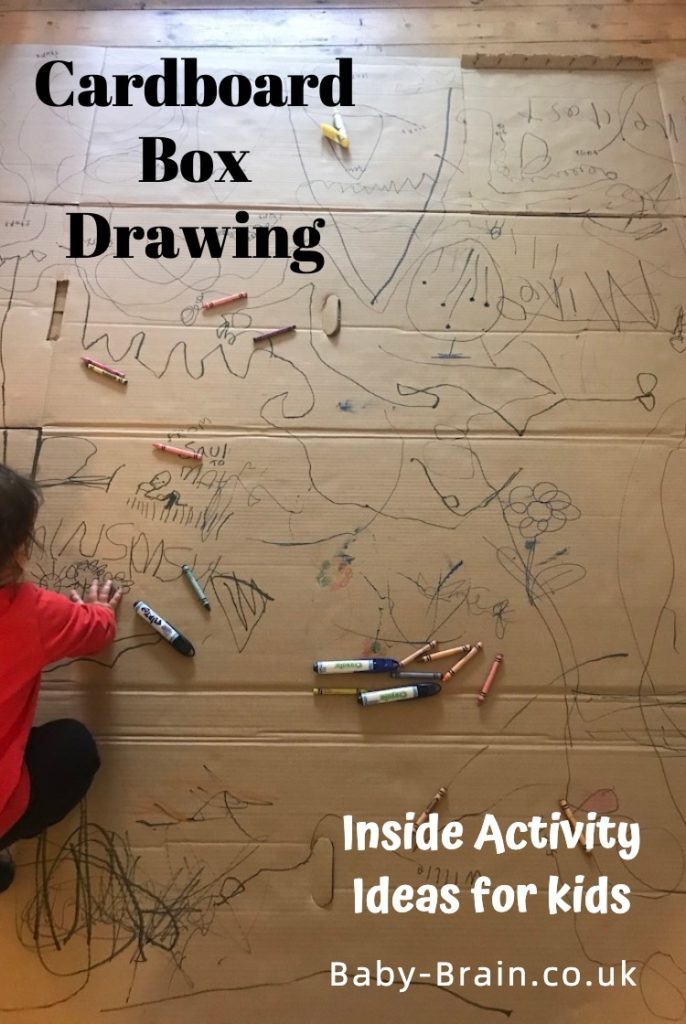
We’ve all probably had a few deliveries while staying inside! Be it amazon, food, ebay, well whatever we need when we can’t go to the shops and everywhere is closed. We had a lot of cardboard lying around – so we had some fun with it before recycling!
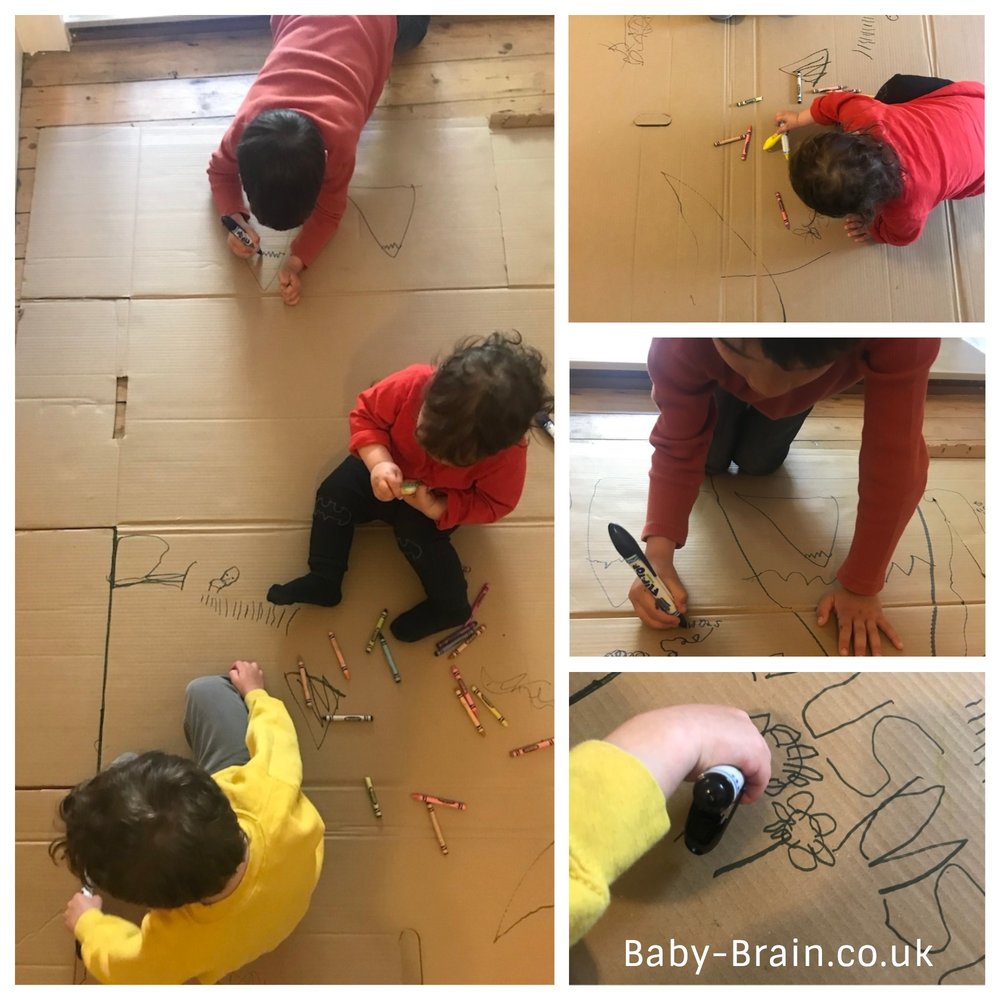
I love these pictures – it shows them all working together as a team. A great group activity for siblings or friends to get absorbed in. The 6 year old drew a racing track and did some writing. The 4 year old wrote a few number, letters and drew flowers. The 17 month old had fun experimenting with the colours and line making, great for exploration, cause and effect learning, and fine motor skills.
Tunnel Time
When we’d finished drawing on the cardboard, we made it into a tunnel! They had a lot of fun crawling through and were even able to take turns.
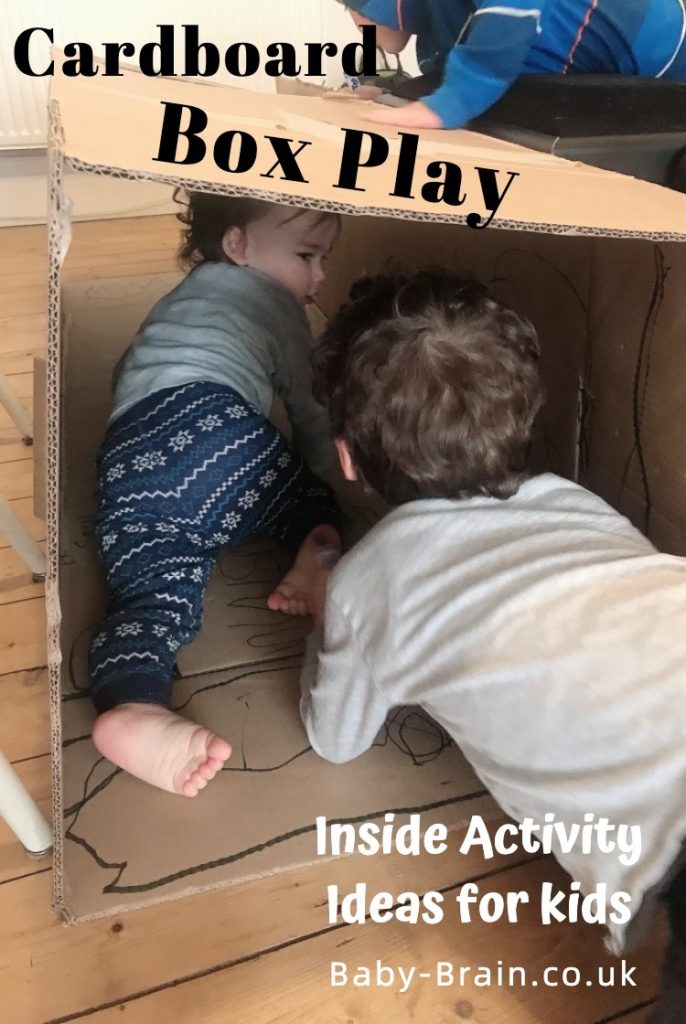
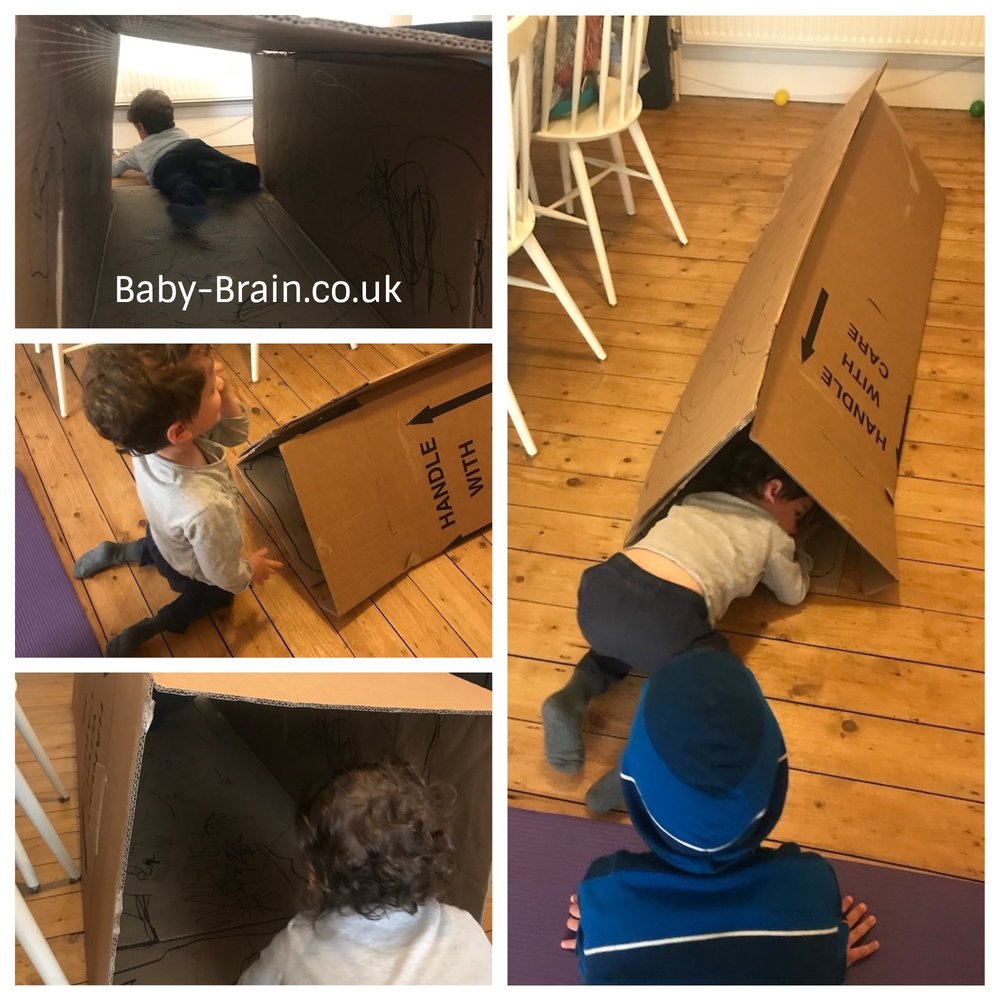
SO many things to do with a cardboard box, and it kept them busy for a while. The 4 & 6 year old were able to set it up as a tunnel; they experimented with the shape (square and triangle, as you can see above), and with using a chair to keep the cardboard tunnel in shape. Good experimenting skills, team work and learning guys!

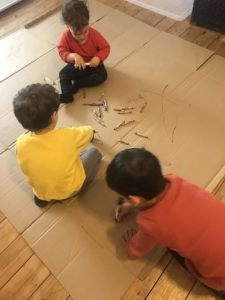
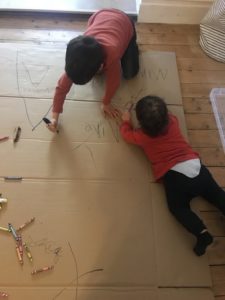
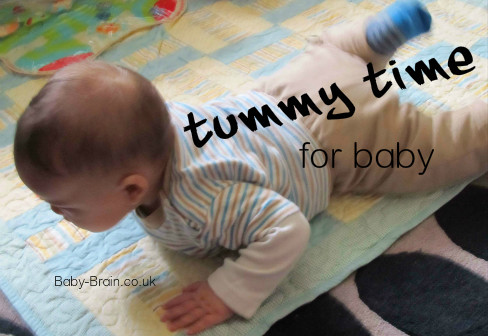
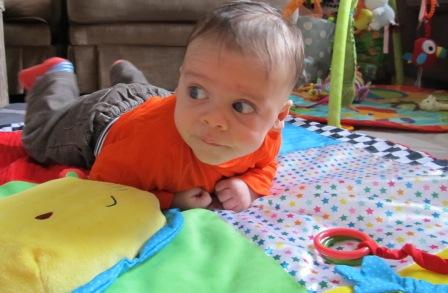
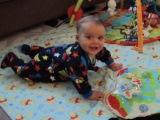
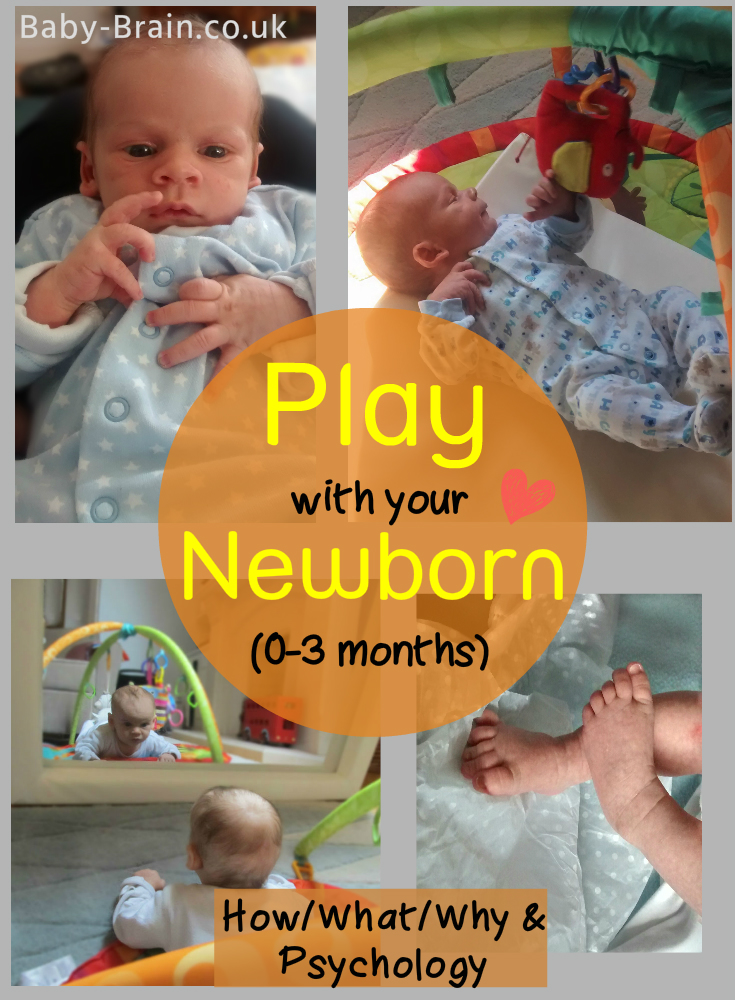
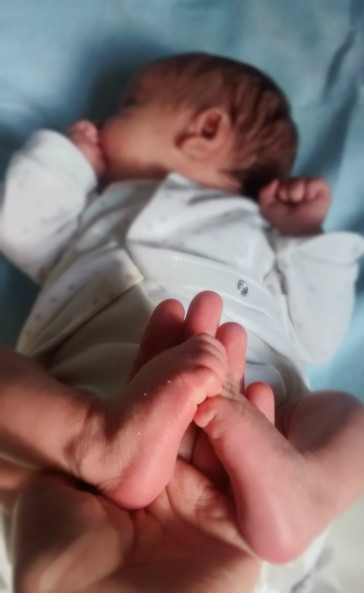
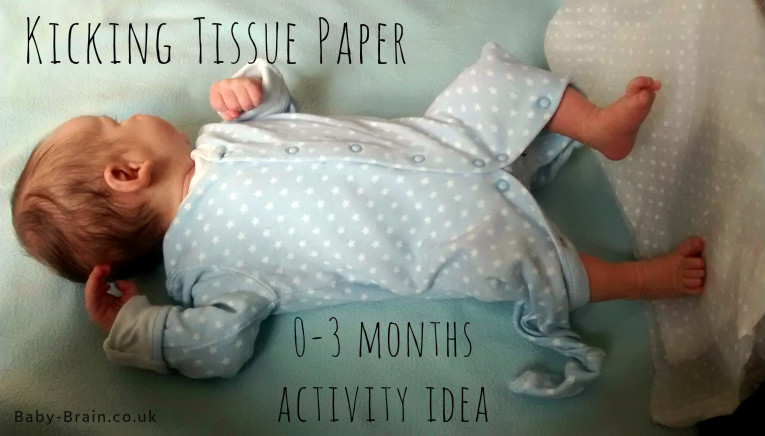
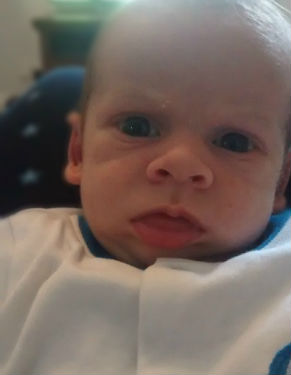

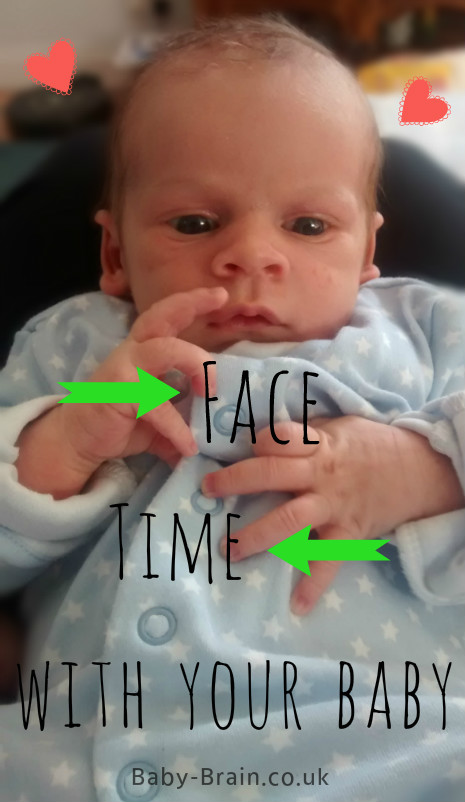
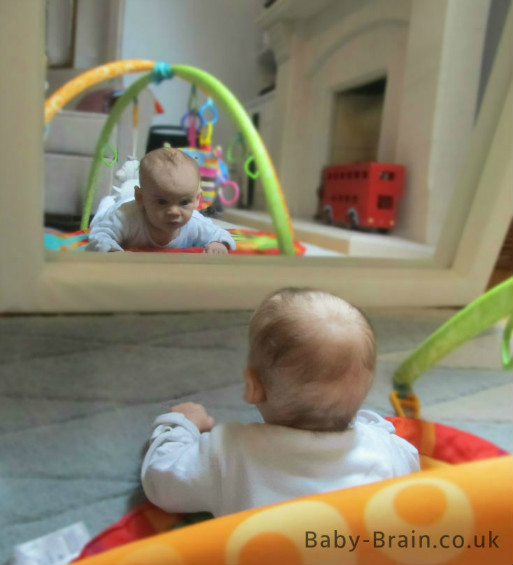
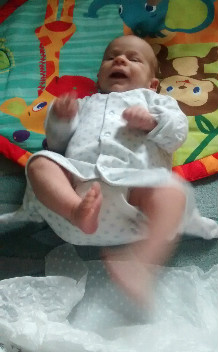
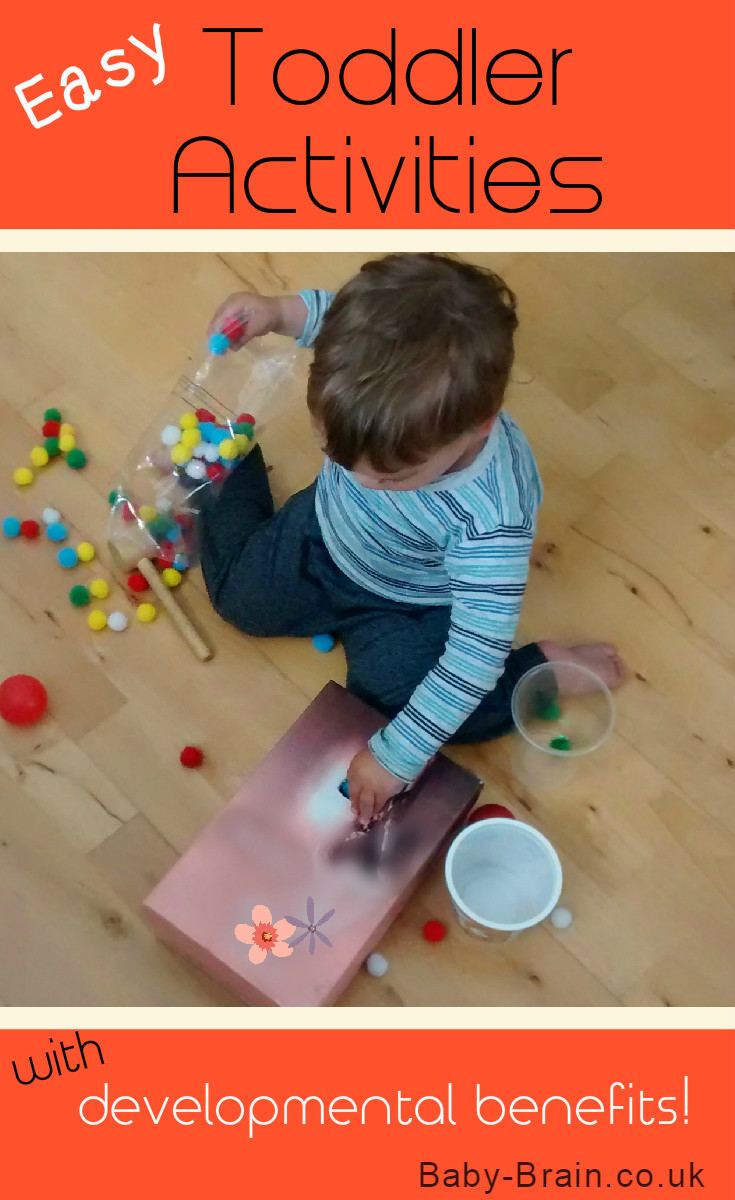


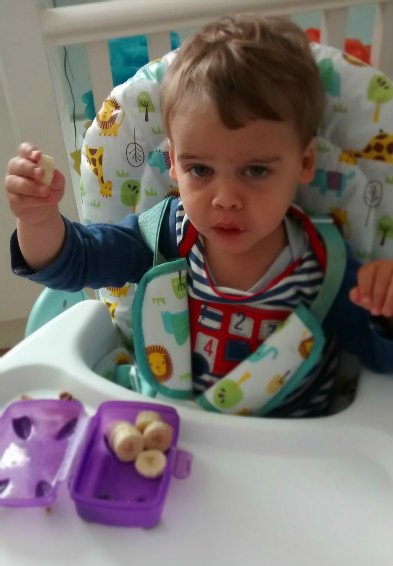
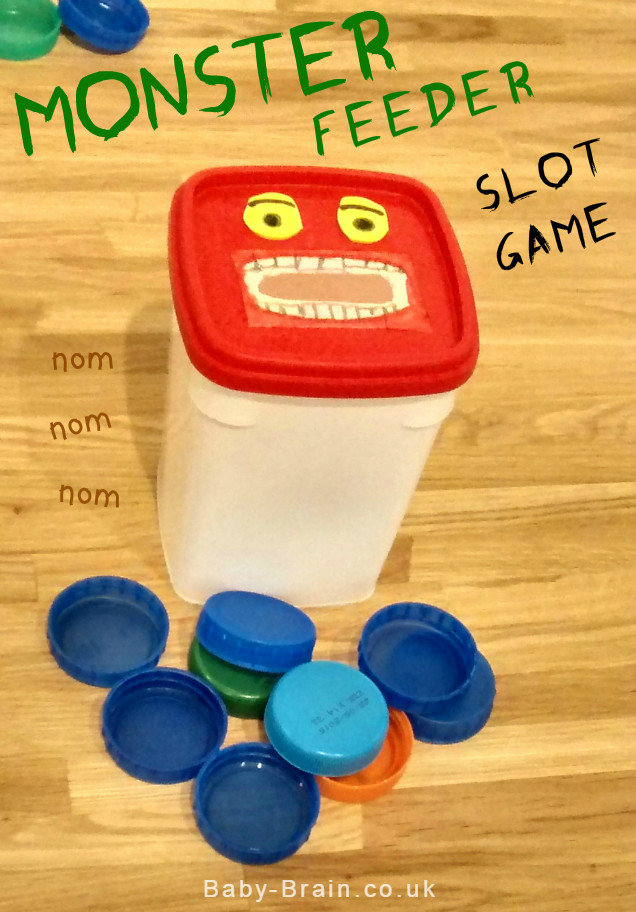


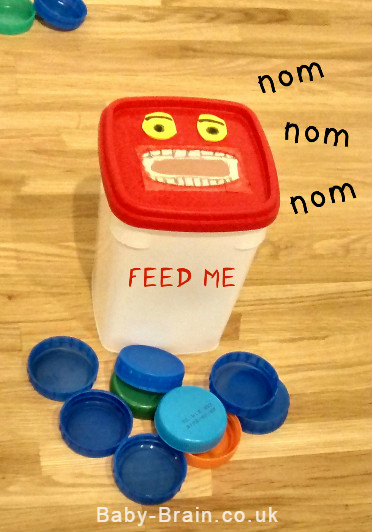
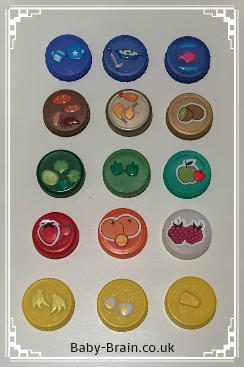

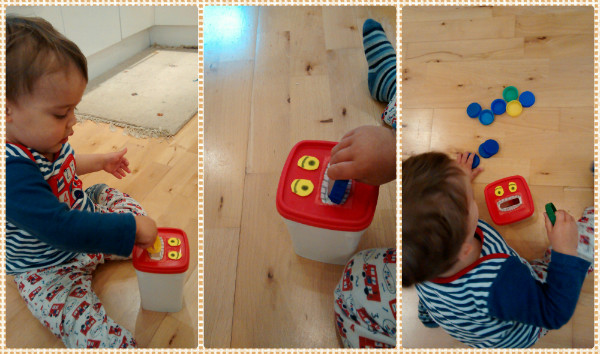
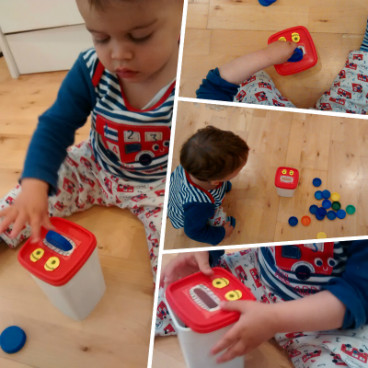
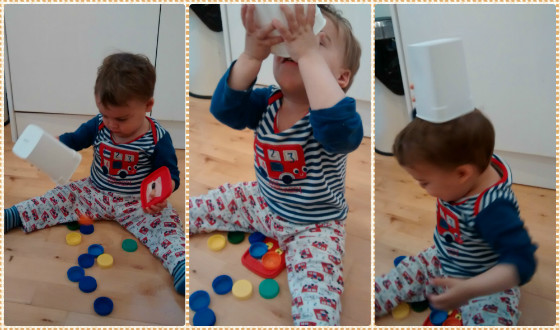

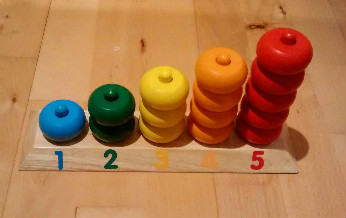





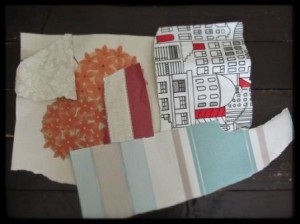

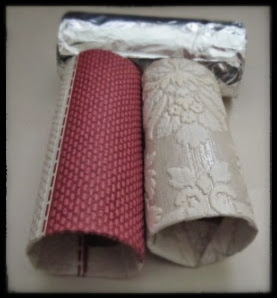 Step 3:
Step 3: